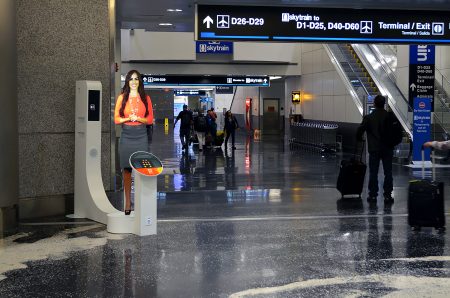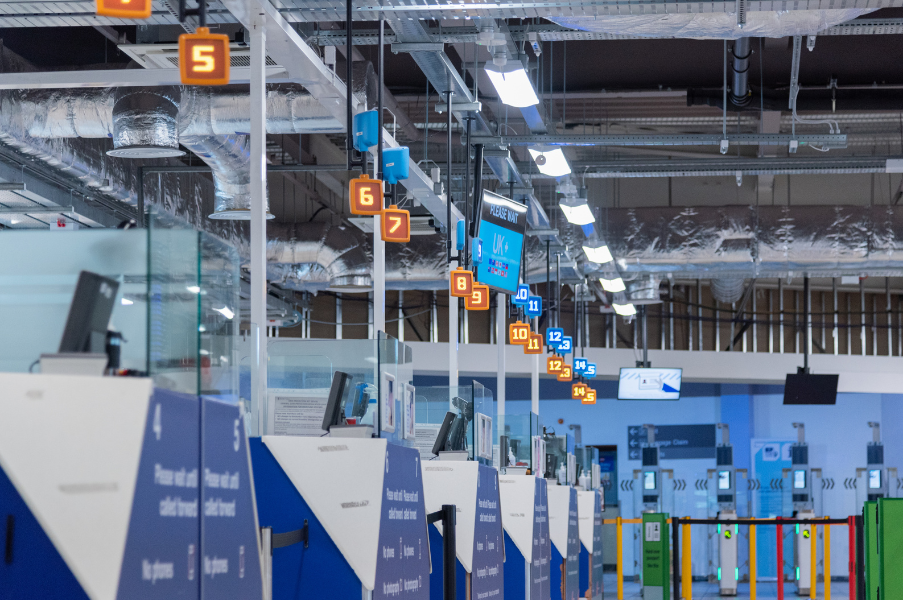- Home
- Sectors
- Solutions
- Tensabarrier®
- Tensator® Charging Stations
- Tensamedia® Wayfinding and Signage
- Lawrence® Post & Rope
- Tensator® Airport Passenger Guidance System
- Electronic Queuing – eQ™
- Tensaguide® Modular Barrier System
- Tensator Micam Protection – TMP
- Safety Solutions
- Access Control
- In-Queue Merchandising
- Holographic Virtual Assistant
- Virtual Queuing – VQMS
- Custom & Bespoke Solutions
- Resources
- About
- Contact Us
- Shop
 English (English)
English (English)
Queue management in action: which industries can benefit the most?
24
Apr

Physical queues will spring up anywhere that users come in person to buy a product or take advantage of a service, whether that’s a retail store or a transit hub. For managers, this raises a number of issues, from customer safety to efficient use of space.
A queue doesn’t have to be long for you to consider how to handle it. In fact, the right queue management could actually make money for your business. Here’s a look at three different industries that have all benefited from looking at how customers travelled through lines in their buildings. (We worked with each one to develop a system designed and tailored for their unique needs.)
1. Restaurants and retailers
A well-known quick service restaurant and coffee retailer came to us simply to modernise their queue management.
Our solutions helped address concerns like how to avoid clutter and organise merchandise, keeping walkways clear for guests. Staff had also noticed that customers would not leave the line if they’d already joined it, meaning they didn’t pick up certain products.
Each of the solutions we gave them helped the brand enhance the customer experience and encourage spending, as well as organising the queue area in their stores.
- Signage encouraged flow to and through the line
- QR code tracking on stanchion heads encouraged sign-ups to the brand’s loyalty program
- Merchandising bowls and shelving in the queue area put products on display and in easy reach. It meant a better look, more space and more efficient organisation .
The results were very encouraging.Throughout a 12-week trial, locations saw the following sales increases:
- 25% for coffee by the pound
- 10% for K-cup sales
- 400% increase in premium mug sales.
There was also a rise in sales from the brand’s perks program. These improvements show how well- organised spaces can put items (and deals) of interest in easy reach of the customer, as well as moving them smoothly towards sales in a literal sense.
2. Government and public service providers
A city council that we worked with in the UK looks after the interests of over 240,000 local residents. The council is committed to high standards of customer service and to modernising public services. They revised their queue management when they revamped their head office.
One of the issues the council identified was long waiting times in some areas. In particular, they had noticed that visitors to a benefits advisor could wait over an hour, but the current queue management system didn’t give enough information to make improvements.
In bringing frontline services together in one large customer area, the council anticipated increased footfall. We came up with a wide range of solutions for this complex service environment. Here are a few examples:
- Personalisation
A level of personalisation helps make processes run more smoothly. When appointments are pre-booked by telephone, further information can be noted by the call handler. This gives advisors more information to help them offer the right service. - Processes
The processes above also speed up the queue. Phone callers are given a unique code to enter into the ticket dispenser, which is able to recognise them as having a pre-booked appointment. The system prompts staff to call forward pre-booked customers. - Educate
Queue areas can be used to educate customers or give them useful information, which also helps improve service. Each of the screens on the council’s 40 service points has an in-built media player, playing relevant messages and information.
The council’s own service guidelines laid out their queue management needs, in a desire for a welcoming and safe environment that was accessible and clearly signed. They wanted appropriate self-serve facilities and to greet guests within three minutes of arrival. We answered these wishes with a bespoke queue management system, including ticket dispensers that were specially developed for the council. This is a great example of how queue management can result in much-improved customer experience.
3. Airports and other transport hubs
An international airport with a $4.5 billion modernisation program is another example of an organisation aiming high.
Its priority is safety, and as its Director of Aviation puts it, “good security means good customer service”. He explains that “our best asset in making the security screening process move along faster is an informed and prepared customer”.
There were two particular obstacles to making customers better informed. One was that many of the passengers moving through the airport are Spanish speakers, not English. Using bi-lingual TSA officers to assist them meant taking them away from other duties. The other reason was that customers are increasingly less inclined to read posted signs, so would miss any information shown in this way.
The airport needed to speed up queues, keep travellers safe, give them the right information and speak in their language. The solution was the Tensator Virtual Assistant, a bilingual persona that customers find appealing and engaging. Named Carla, her development included specific scripting and choosing the right AV components for maximum effectiveness.
Any industry with an in-person customer service element can benefit from queue management. As we’ve seen, there are revenue, safety and efficiency benefits even if there are only a few people waiting in line. It’s easy to see the potential for industries other than the ones above; hospitals are one example where it would help to reduce wait times while simultaneously educating visitors.
It’s also interesting to see that queue management is alive and well in forward-thinking, modern companies. Using the right tools and systems for their environment enables them to achieve their goals by becoming more effective.

 7 ways to improve customer flow management
7 ways to improve customer flow management  Airports and Airlines Easing the Passenger Journey
Airports and Airlines Easing the Passenger Journey 


